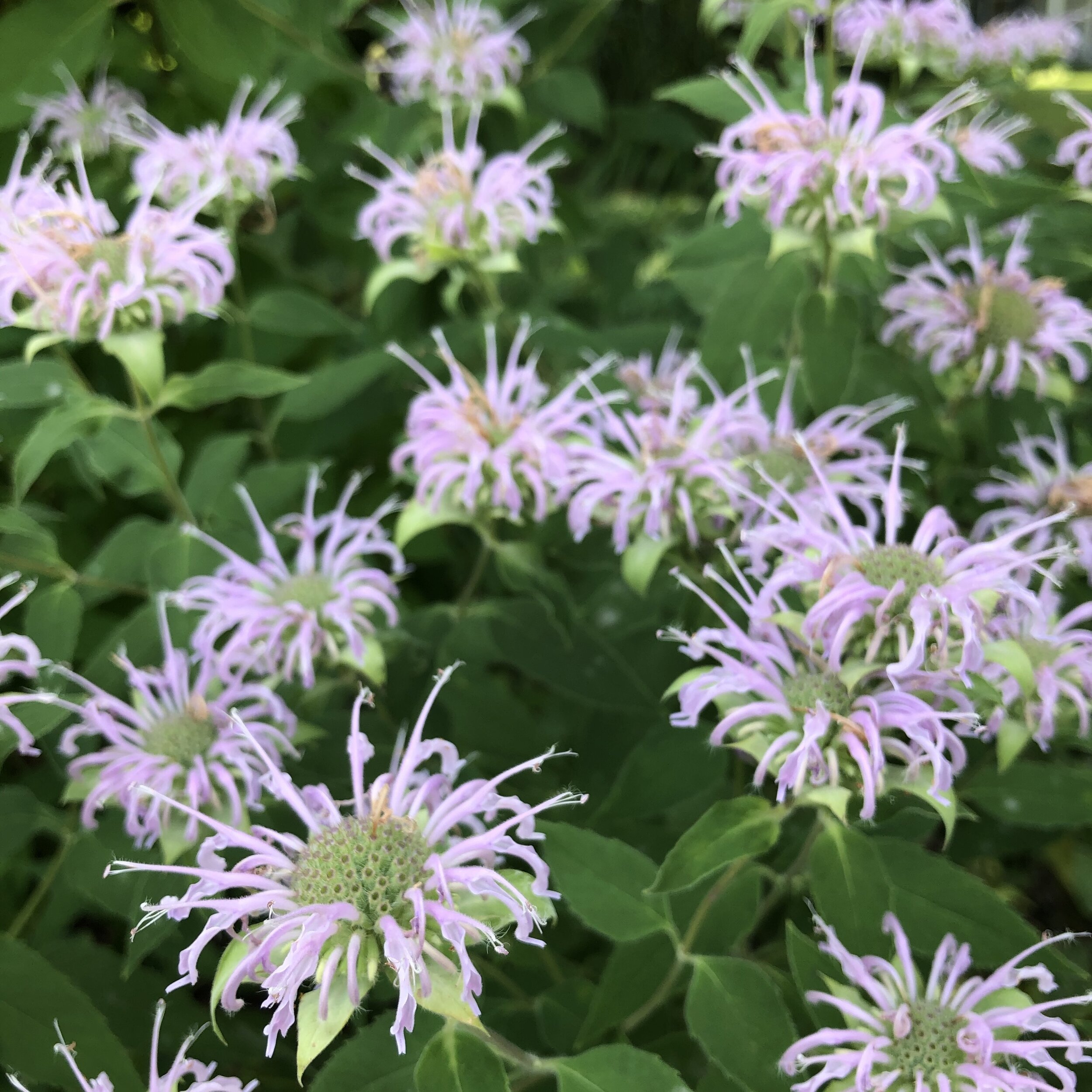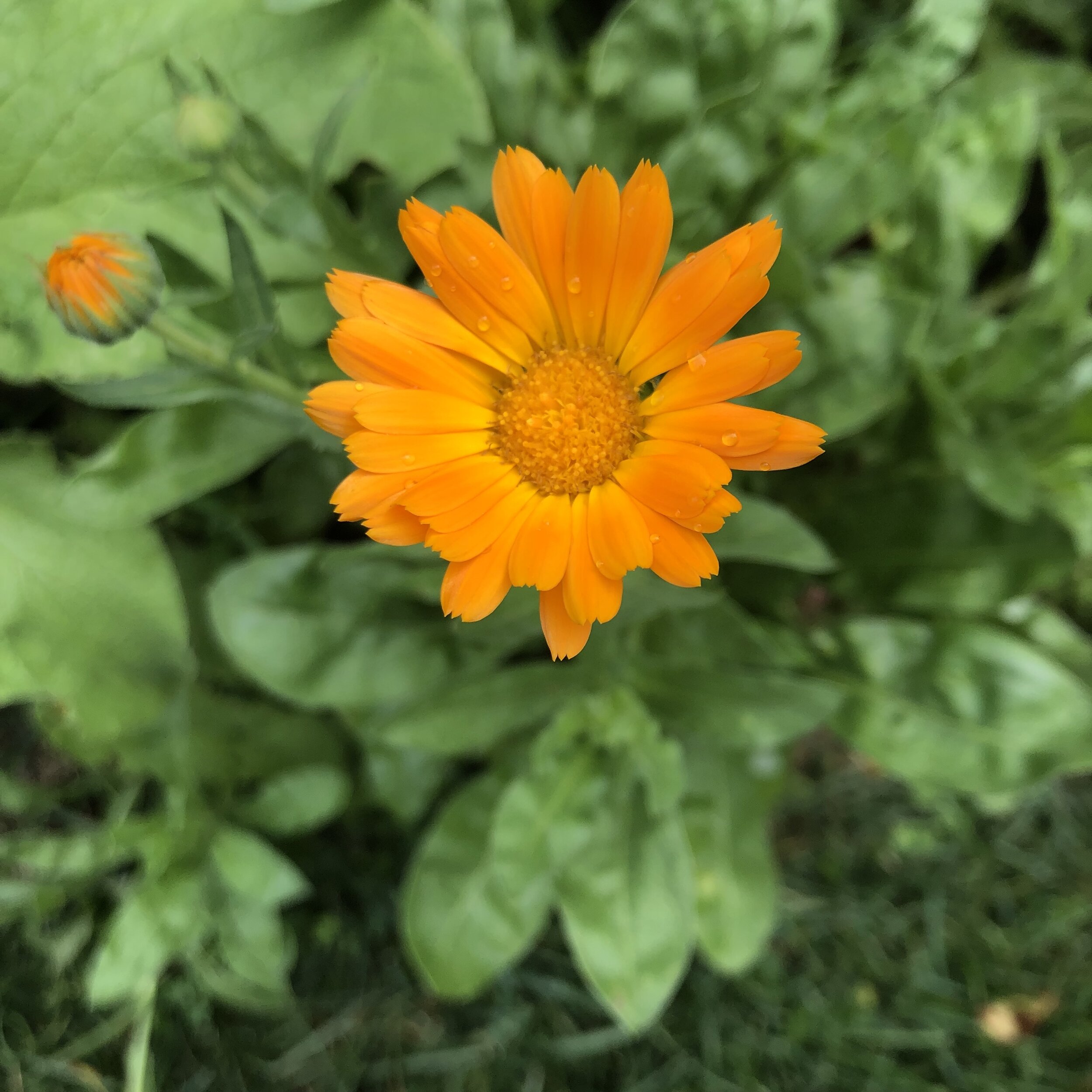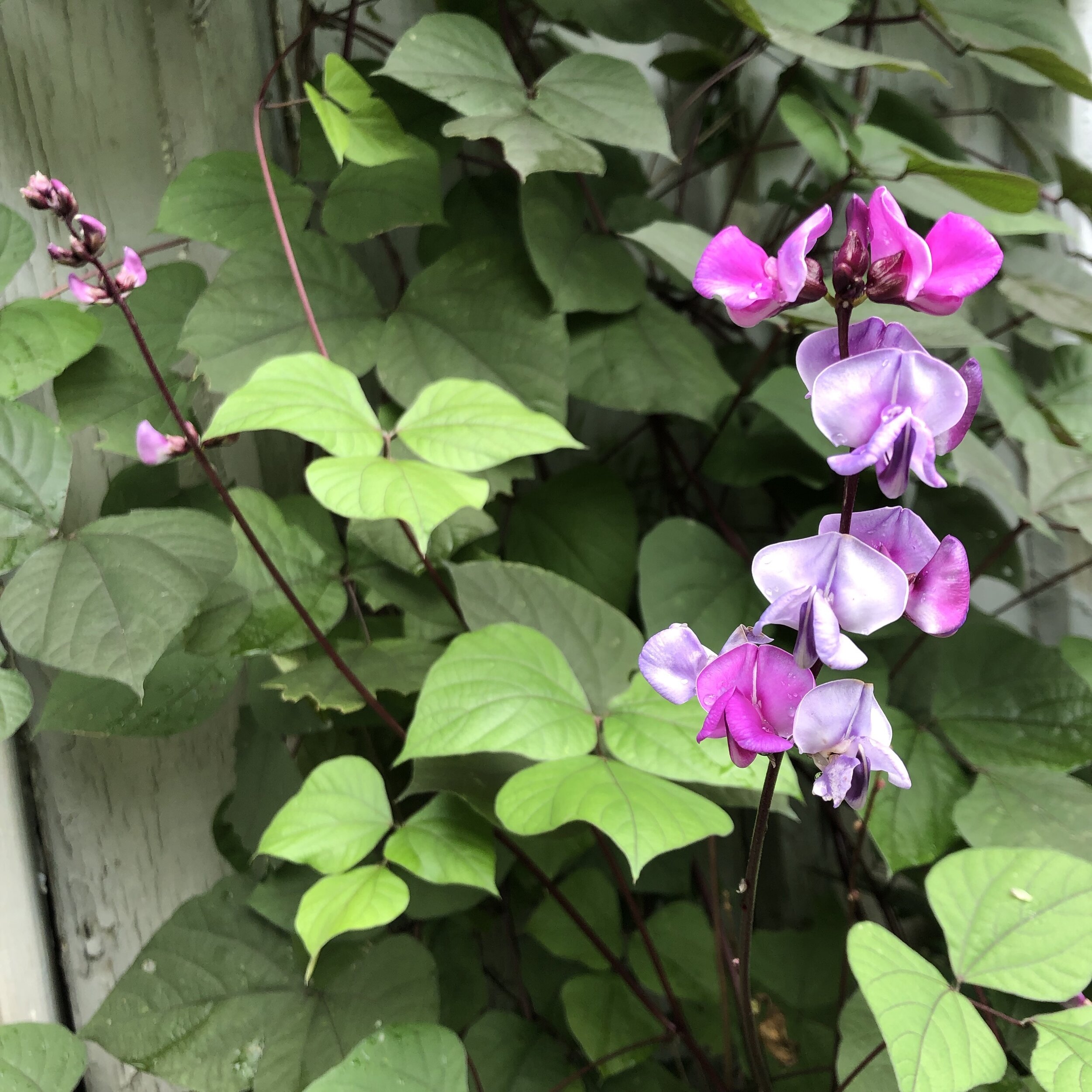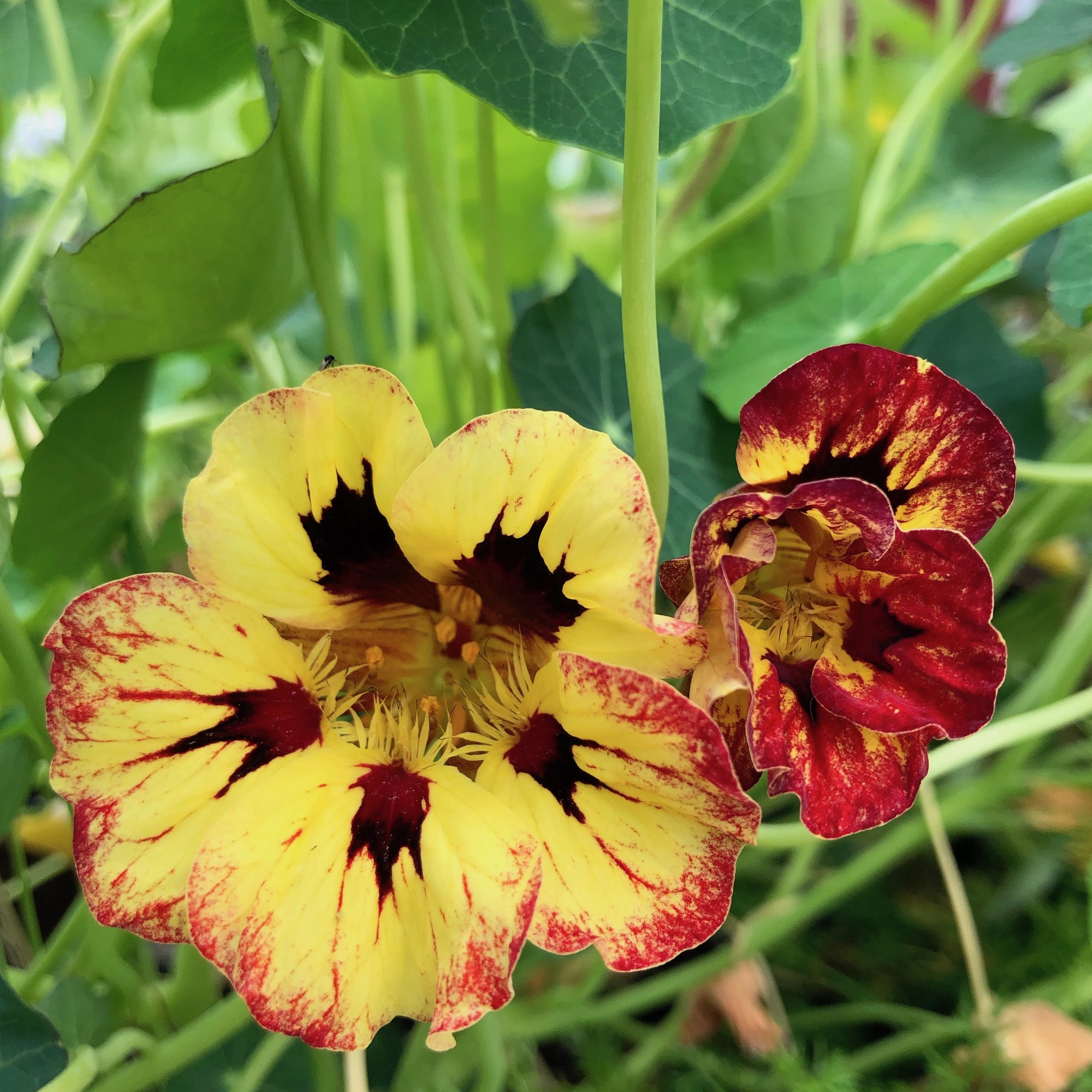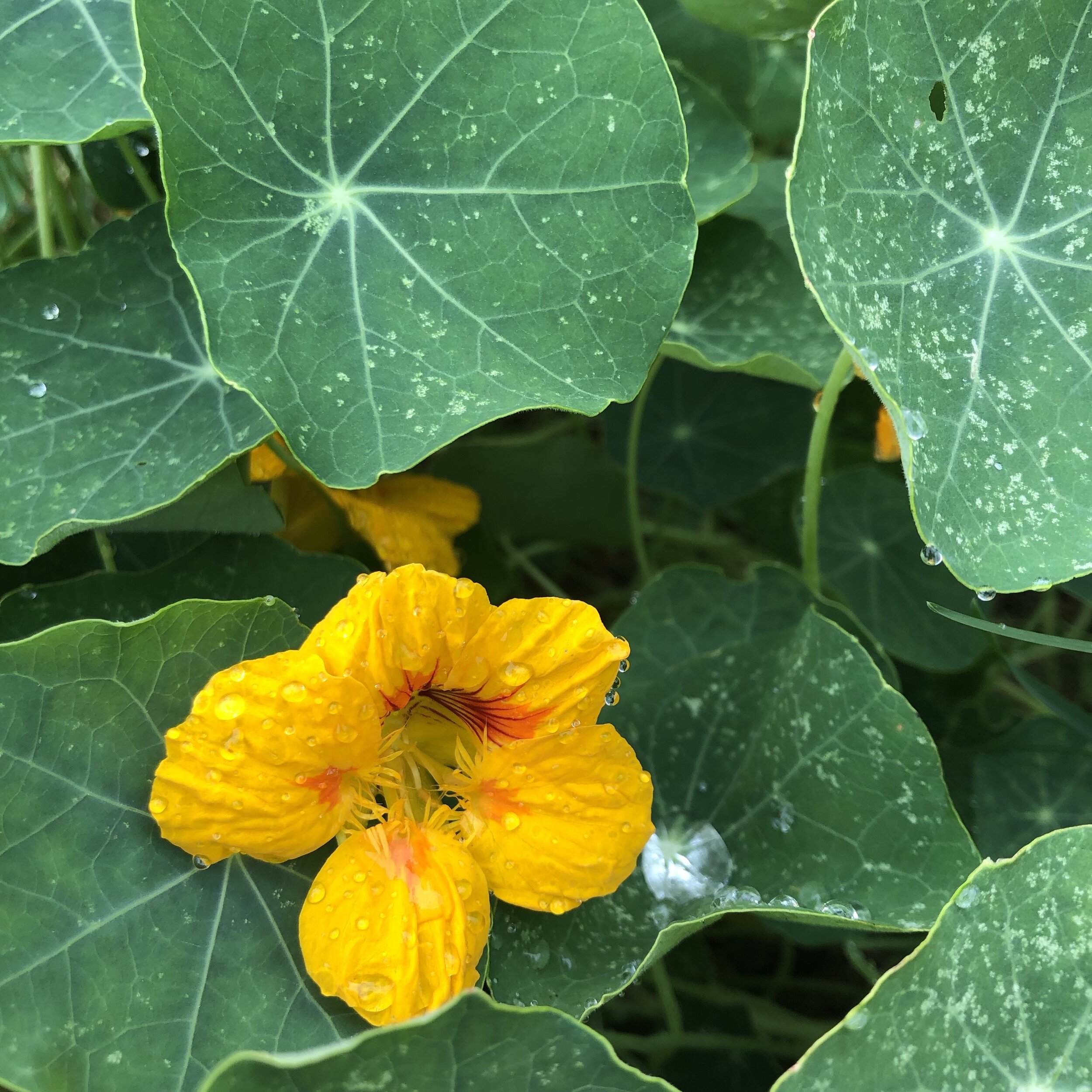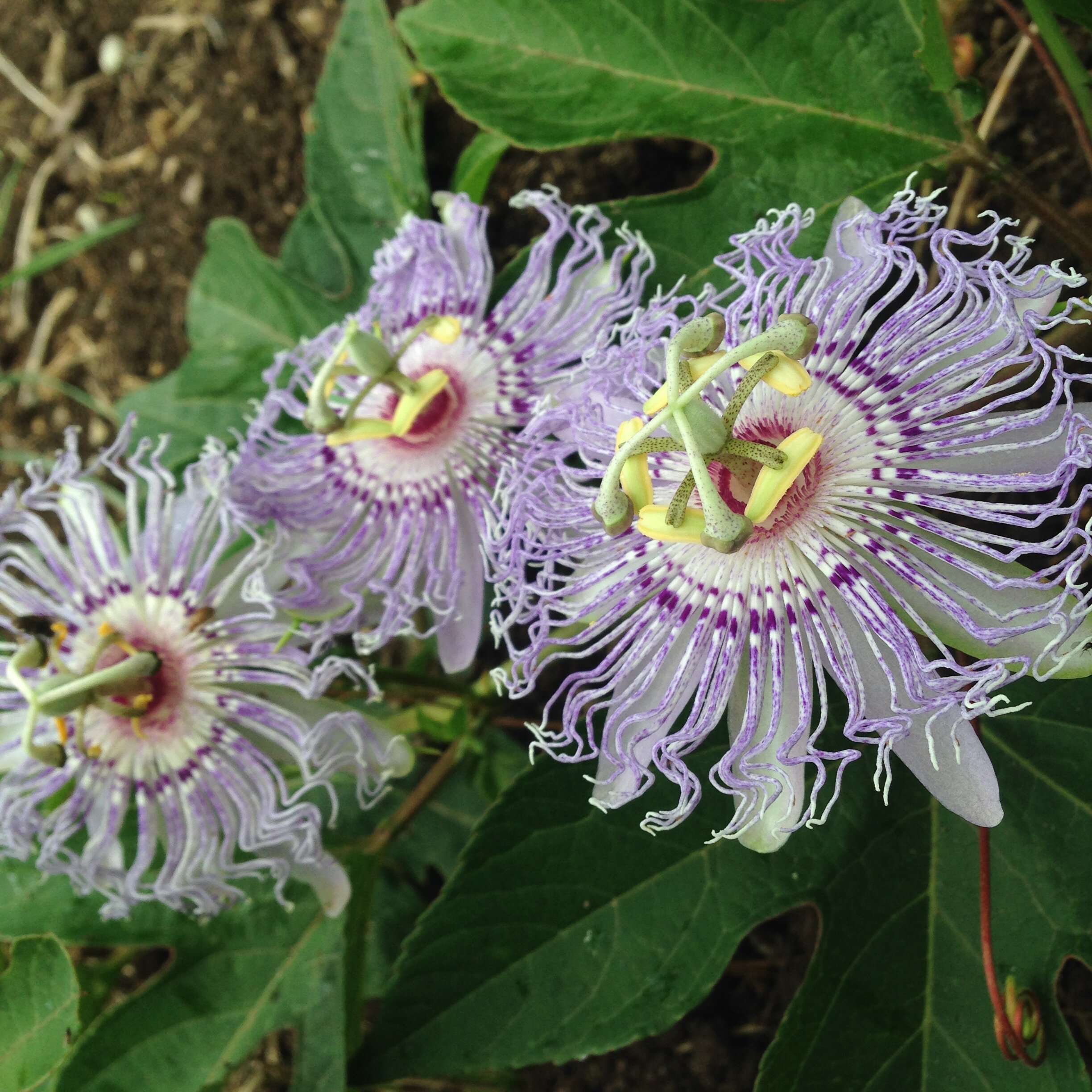flower varieties for 2025
plant key
• Annual, unless otherwise marked “P” for Perennial or “SSA” for Self Sowing Annual
• Native plants marked with an asterisk *
• Days to maturity are from transplant. (This means start counting when you put the plant in the ground. Take these numbers with a grain of salt; there are a lot of variables to take into consideration.)
• Available varieties may fluctuate year to year
Size pot available:
3” = 3” round biodegradable pot (18 / tray) - $4.00 each
3.5" = 3.5" square biodegradable pot (18 / tray) - $5.25 each
Anise Hyssop (Agastache foeniculum)
P. 3.5”
Native to the Midwest, its flowers will draw in bees, butterflies and beneficial insects, and the sweet licorice scent will draw you in. Culinary and medicinal uses, will resow. This perennial can reach 3 ft tall and 2 ft wide and is hardy to Zone 4.
Bachelor’s Buttons, ‘Blue Boy’ (Cornflower, Centaurea cyanus)
On the backburner due to low sales. Let me know if you’d like to see it back!
SSA. 3”
A beautiful true-blue flower with a striking spiky texture. Its color makes a fantastic accent in salads or on desserts, and its nectar attracts several kinds of beneficial insects.
*Bee Balm, ‘Lemon Mint’ (Monarda citriodora)
P. 3.5”
description coming soon
*Bee Balm, ‘Panorama Red’ (Oswego Tea, Monarda didyma)
P. 3.5”
description coming soon
*Bee Balm, ‘Wild Bergamot’ (Monarda fistulosa)
P. 3.5”
A 3-4 ft native wildflower with lovely lavender flower attractive to pollinators. Also used in herbal medicine and the kitchen.
Borage (Borago officinalis)
On the backburner due to low sales. Let me know if you’d like to see it back!
SSA. 55 days. 3”
My favorite edible flower - they’re blue (and occasionally pink) and taste like cucumber! Suspend them in ice cubes for cool summer drinks or try the young leaves in soups, German green sauce or filled pastas. The flowers are attractive to beneficial insects, especially common green lacewings.
*Butterflyweed (Asclepias tuberosa)
P. 3.5”
One of the native butterflyweeds in our region that provide food for the monarch butterfly. If you plant it, they will come... (hopefully!) and eat the leaves. A great educational opportunity for kids to keep an eye out for pupating larvae, and extra special if you catch the monarchs the morning they hatch, drying off their wings before they head off.
Calendula ‘Resina’ (Calendula officinalis)
SSA. 3”
Seed originally from Ridge & Hollow Seed Alliance in Athens. A highly aromatic and cheery daisy-like flower with bright yellow and occasionally orange flowers. ‘Resina’ has an especially high resin content, ideal for medicinal use in oils and tinctures
Castor Bean ‘Gibsonii’ (Ricinus communis)
On the backburner due to low sales. Let me know if you’d like to see it back!
Poisonous! But beautiful. The tall and striking tropical look of the red-tinged foliage and flowers make an excellent centerpiece plant and lend height (6 ft +) to the landscape.
Hyacinth Bean ‘Ruby Moon’ (Dolichos lablab)
On the backburner due to low sales. Let me know if you’d like to see it back!
Another bean NOT to eat, but just to gaze upon. Gorgeous purple stems, flowers and seed pods. Will vine 10 - 15 ft if given support, and chances are, it will reseed itself next year.
Hyssop (Hyssopus officinalis)
P. 3.5”
On the backburner due to low sales. Let me know if you’d like to see it back!
A good border plant with gray-green leaves and spiky purple flowers. Its spicy scent is why it was traditionally a “strewing herb,” scattered on the floor to mask unpleasant odors. Leaves can be used in salads, soups and liqueurs.
Nasturtium, ‘Bloody Mary’ (Tropaeolum majus)
description coming soon
Nasturtium, ‘Empress of India’ (Tropaeolum majus)
description coming soon
Nasturtium, ‘Jewel Mix’ (Tropaeolum majus)
42 days. 3.5”
A bushy nasturtium with a bright mix of 2” orange, yellow, red and gold blooms. The striking flowers have a peppery flavor and make a flashy garnish.
*Milkweed, Swamp (Asclepias incarnata)
P. 3.5”
description coming soon
*Passionflower, Hardy (Maypop, Passiflora incarnata)
On the backburner due to difficult germination.
P. 3.5”
Stunningly complicated and exotic purple flowers turn into small passionfruit. They’re edible, but awfully seedy. The plant might start slow, waiting to come up even into June, but it can soon take over if you’re not careful… But it’s so beautiful, you won’t even care. It’s a vine, so give it something to climb or expect it to crawl all over.
*Purple Coneflower (Echinacea purpurea)
P. 3.5”
description coming soon
Tithonia Torch (Tithonia rotundifolia)
3”
Also known as ‘Mexican Sunflower,’ these deep orange flowers attract a range of butterflies, pollinators and hummingbirds. Reaching 6 ft tall, tithonia can provide a striking, easy-care backdrop to your garden.
*Yarrow, White (Achillea millefollium)
On the backburner due to low sales. Let me know if you’d like to see it back!
P. 3.5”
Native and attractive to bees, beneficials and butterflies. Sweet little flat-topped white flowers appear June through August. Grows wild here, but the spicy scent always reminds me of California. Happily reaches 1 - 2 ft in poor soils.


